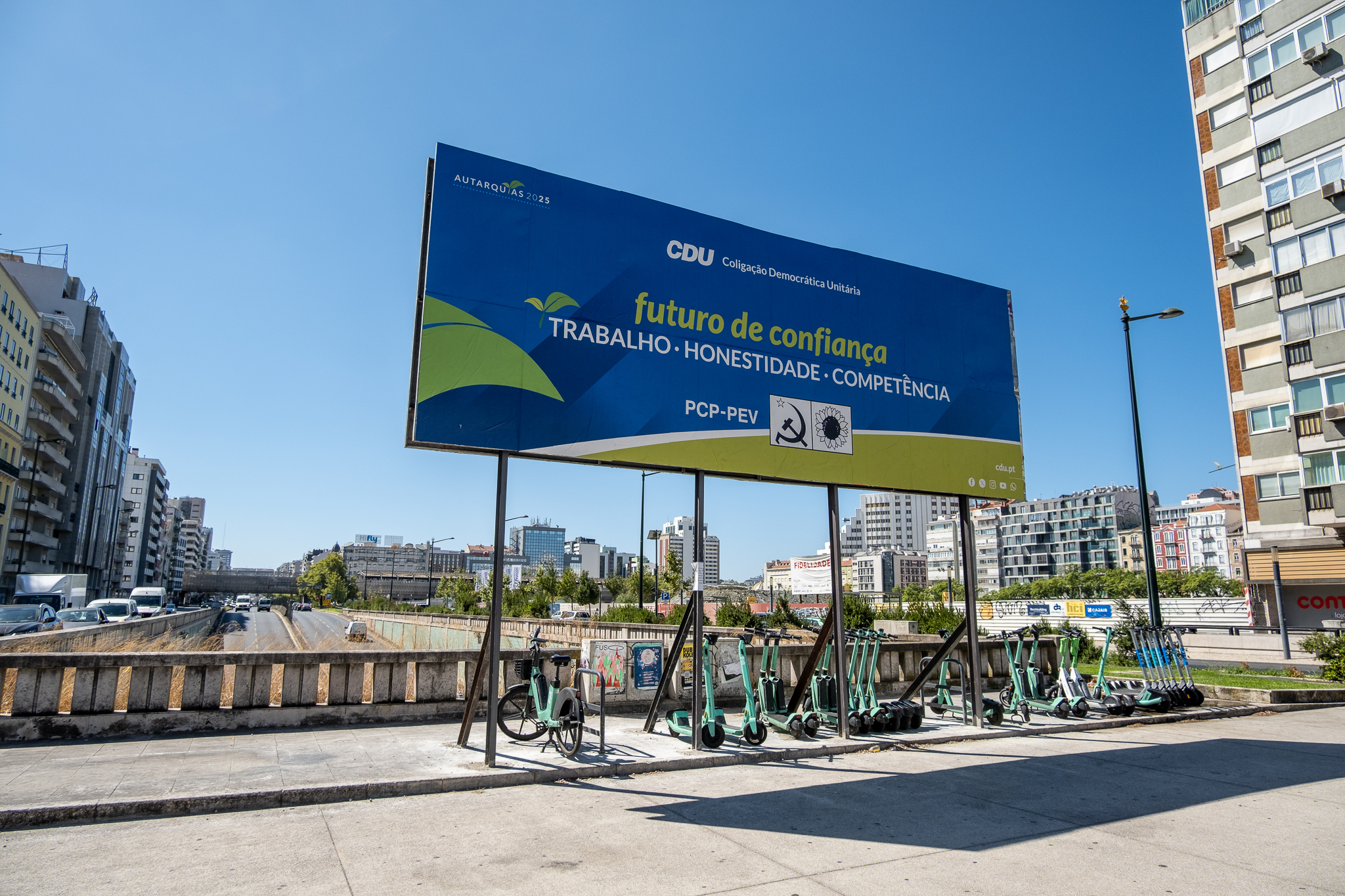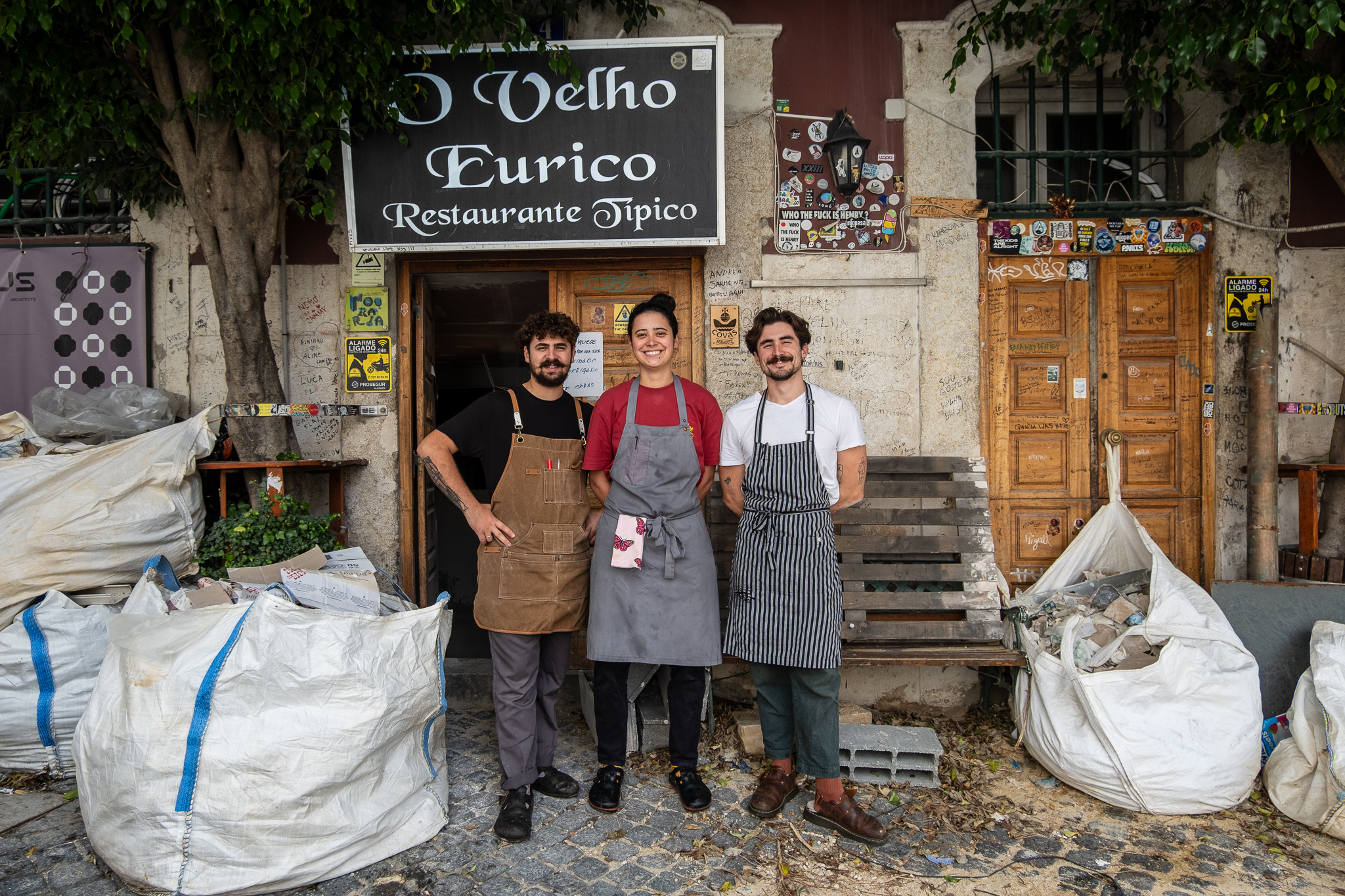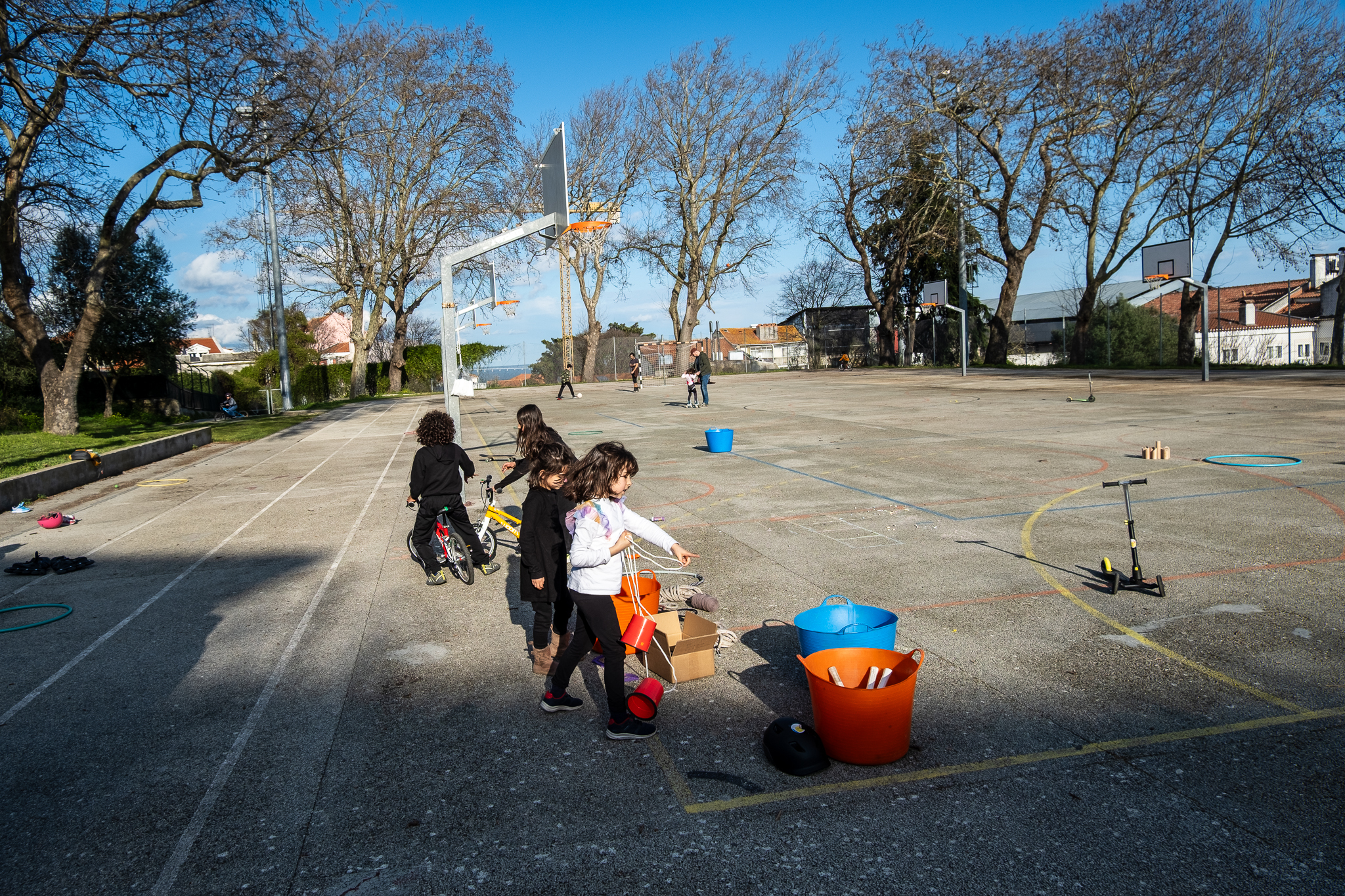The Central Axis includes the avenues Liberdade, Fontes Pereira de Melo and República, and a road axis in Alta de Lisboa. But it is interrupted in the Campo Grande area. In the long term, the idea is to solve this impasse.
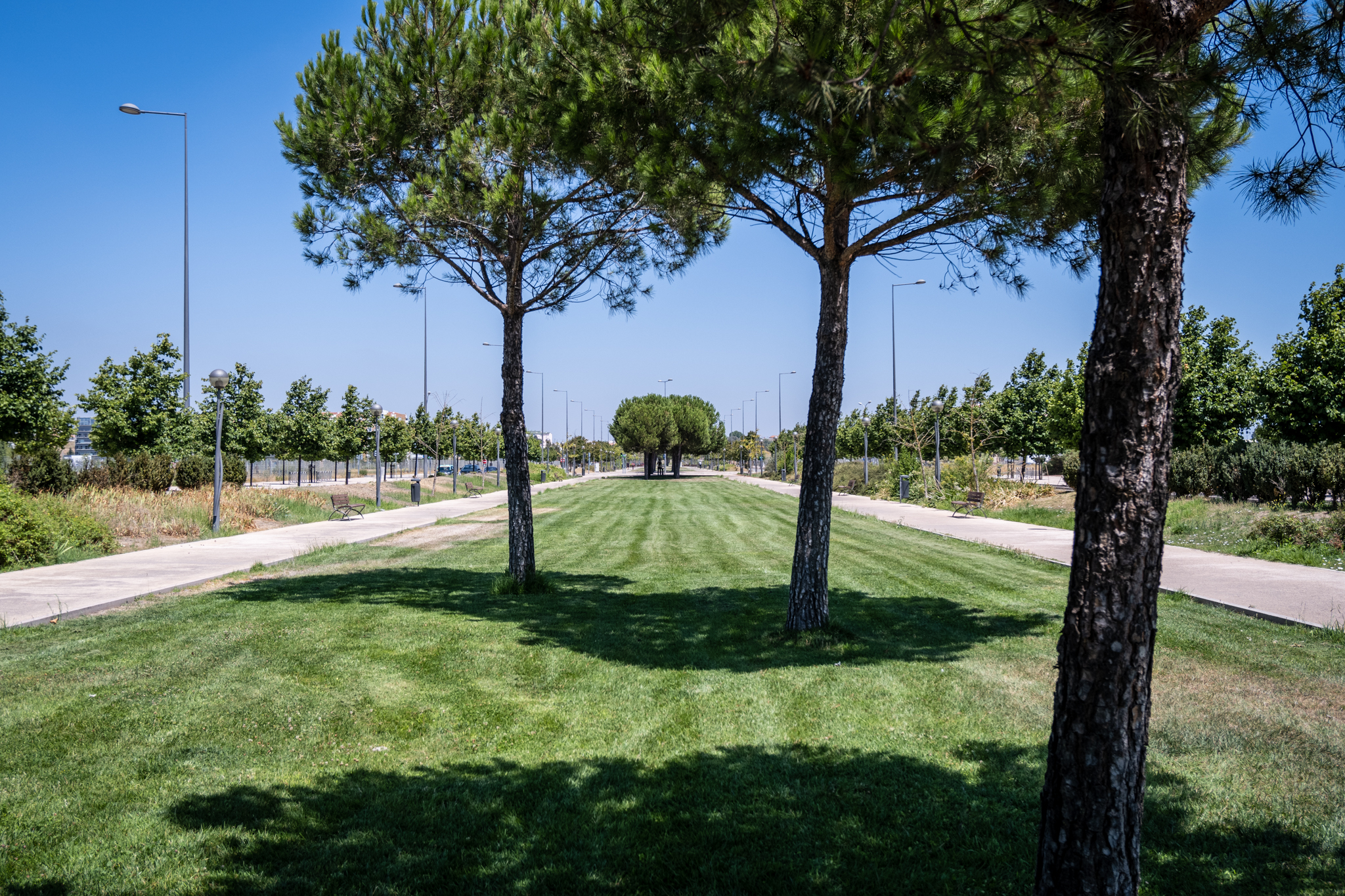
The requalification of avenues da República and Fontes Pereira de Melo in 2017 brought a new dynamism to that area also known as the Lisbon Central Axis. But this road, pedestrian and cycling axis is not limited to those arteries and extends on one side to the Restauradores, passing through Marquês de Pombal and Avenida da Liberdade, and on the other to the Alta de Lisboa, in an artery known precisely as the Central Axis. However, this mega-corridor in the city of Lisbon is interrupted between Campo Grande and an area known as Calvanas.
To solve this interregnum, the Lisbon City Council has delimited, in 2019, a Urban Rehabilitation Area (ARU) with the respective Urban Rehabilitation Operation (ORU). As we saw for the Tagus-Trancon situationThe ARU defines the geographical area to be rehabilitated and the ORU the set of interventions planned for that area. The project was initiated in June 2018 and had a public discussion at that time, and all the documentation is available on the site of the autarchy.
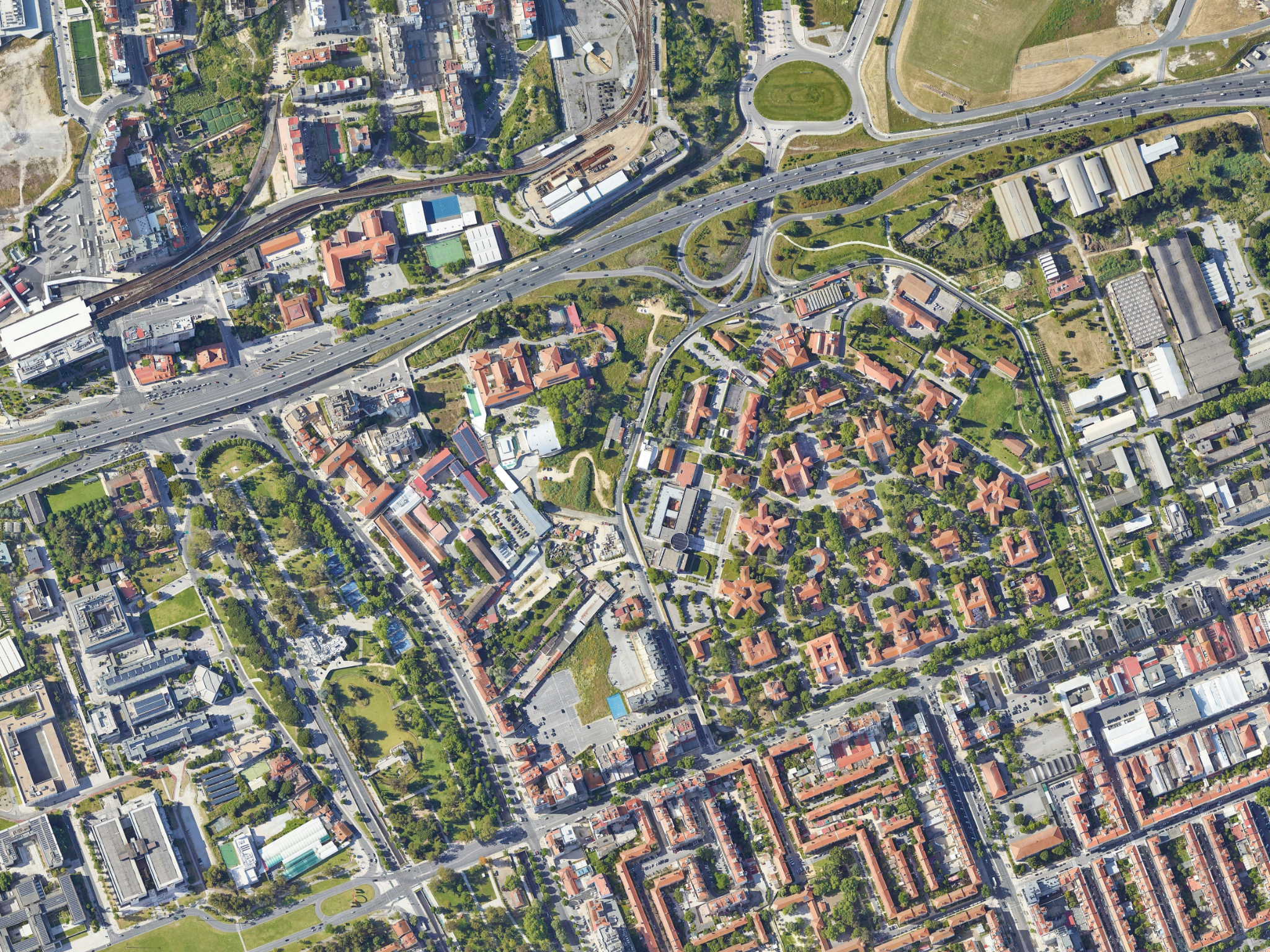
The objectives of this ARU/ORU are
- expand the city's Central Axis (currently composed of Avenida da Liberdade, Avenida Fontes Pereira de Melo, Avenida da República and Campo Grande), establishing its connection to the Alta de Lisboa through the Calvanas areaand consolidating it economically as the structuring axis of the city;
- dilute the border effect of the 2ª Circular and structure the area north of Avenida do Brasil, developing a territorial and social cohesion and diluting the current fragmentation effect;
- requalifying the public space of residential neighborhoods, promoting soft mobility and urban living, and applying the Lisbon Pedestrian Accessibility Plan in the area;
- create continuity of green spaces between Alta de Lisboa and Campo Grande, establishing a continuous pedestrian and cycling corridor;
- strengthen the public transportation network and accessibility.

The preliminary project that was presented and publicly discussed in 2018 included some interesting details. Not only did it connect the Alta de Lisboa green corridor to the Jardim do Campo Grande and vice versa, it also established a continuous cycling connection. It would be possible to cycle from Alta de Lisboa to Campo Grande in a more direct way, better connecting the parishes of Lumiar and Santa Clara to the city center. There would be a bike lane all along Rua das Murtas, for example. The northern and southern parts of Jardim do Campo Grande would also be connected by a new pedestrian overpass.
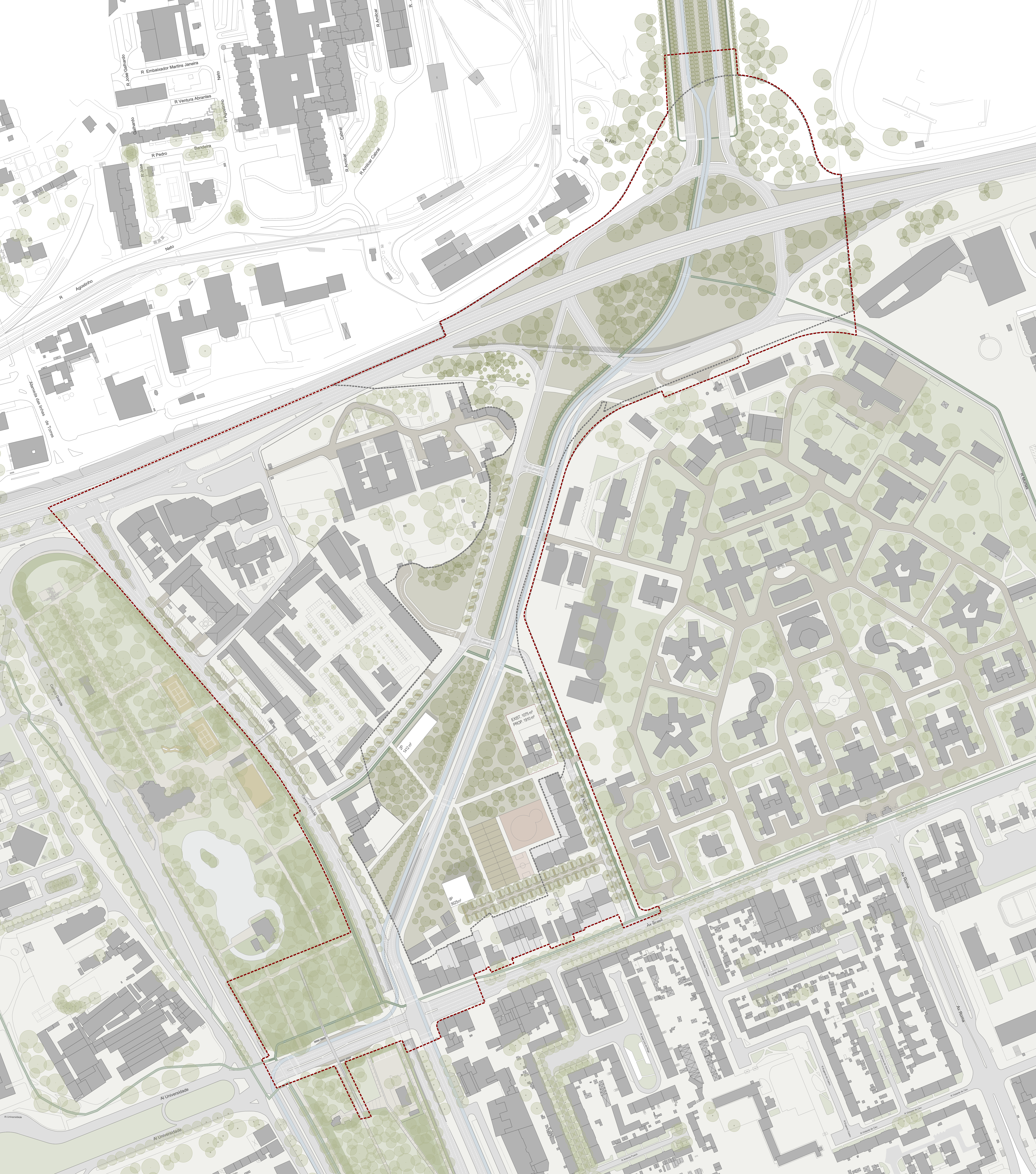
The entire traffic circle at the end of Alta de Lisboa (the Calvanas junction), near the 2ª Circular, would be revised and also there was an idea to put in place a Transit Trolley Bus Service (TCSP), which could simply be a dedicated BUS corridor, a BRT/Metrobus system or even a tram/light rail. This TCSP channel is foreseen in the Urbanization Plan for Alta do Lumiar, which dates back to 1997, and would connect an area without a Metro to the Yellow Line and also to the suburban train at Entrecampos, one of the main railway stations on the Belt Line.
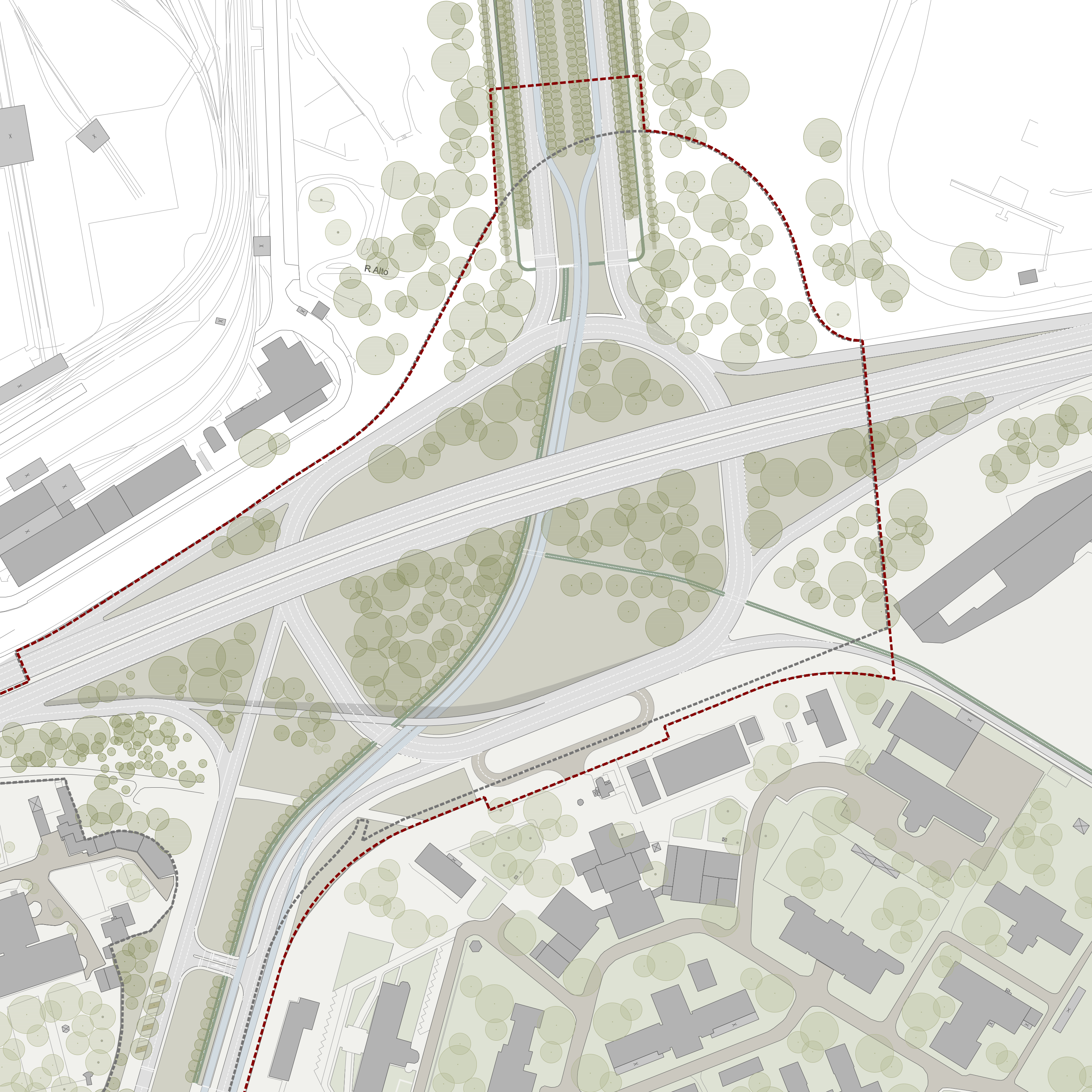
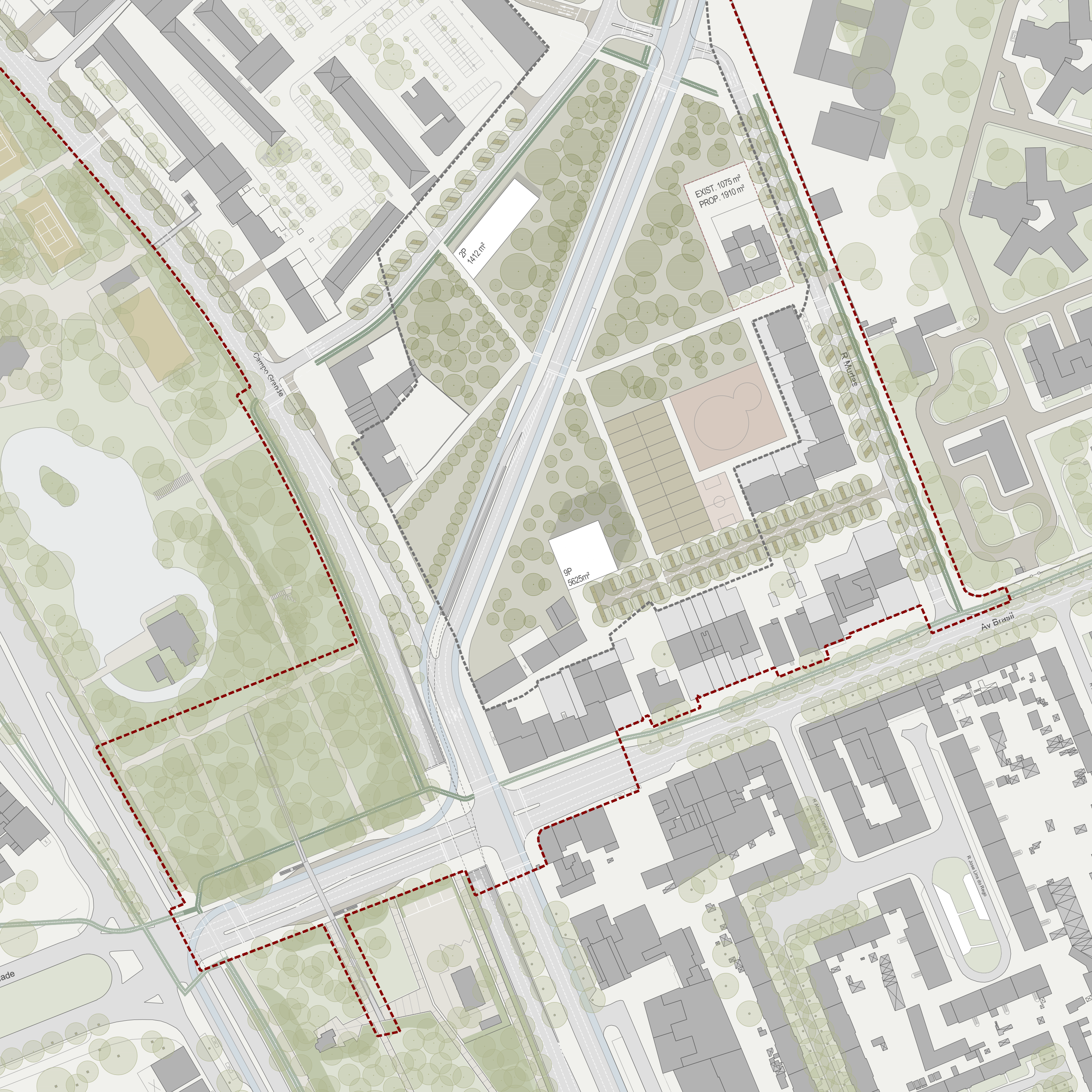
According to the strategic program, the intervention area covers "predominantly by vacant lots, public and private institutions, such as the Lusófona University, a municipal re-housing district, and construction from various eras and in different states of preservation". "This is an area that has been abandoned for several decades and yet has a strategic position in the context of the city. Since the early 90's it is through here that it is proposed to extend the city's Central Axis, which began in the Restauradores and extends north through Avenida da República and Campo Grande, extending it to the northern tip of the city at Rotunda das Galinheiras, on the North-South Axis"., it reads.
"Since the 90's it has been proposed to extend the city's Central Axis, which began in Restauradores, passing through Avenida da República and Campo Grande, extending it to the northern tip of the city at Rotunda das Galinheiras, on the North-South Axis. The intention of promoting this operation is the need to fill in an urban mesh that presents problems of disaggregation and to dilute the border effect of the 2nd ring road, which divides two parts of the city. The intention is to expand the central axis of the city, establishing its connection to the Alta de Lisboa through the Calvanas area and recover an urban space that is partly obsolete, in obvious disarticulation with its surroundings, qualifying the entire area and integrating the Murtas municipal district. It will thus be an operation that, more than transforming the territory in question, will be of strategic importance to the entire city of Lisbon."
- Strategic Program of ORU Campo Grande - Calvanas
"It is intended to expand the central axis of the city, establishing its connection to the Alta de Lisboa through the Calvanas area and recover an urban space that is partly obsolete, in manifest disarticulation with the surroundings, with spaces that do not currently fulfill their function as public space, qualifying the entire area and integrating the Murtas municipal district." According to the documentation, "the regeneration of this territory is the missing piece to ensure the territorial cohesion of a large part of the parishes of Lumiar and Santa Clara, where the Alta do Lumiar is developed".. At the same time, it seeks to "initiate the breaking down of the barrier that constitutes the 2nd Circular, in the relationship between two parts of the city".
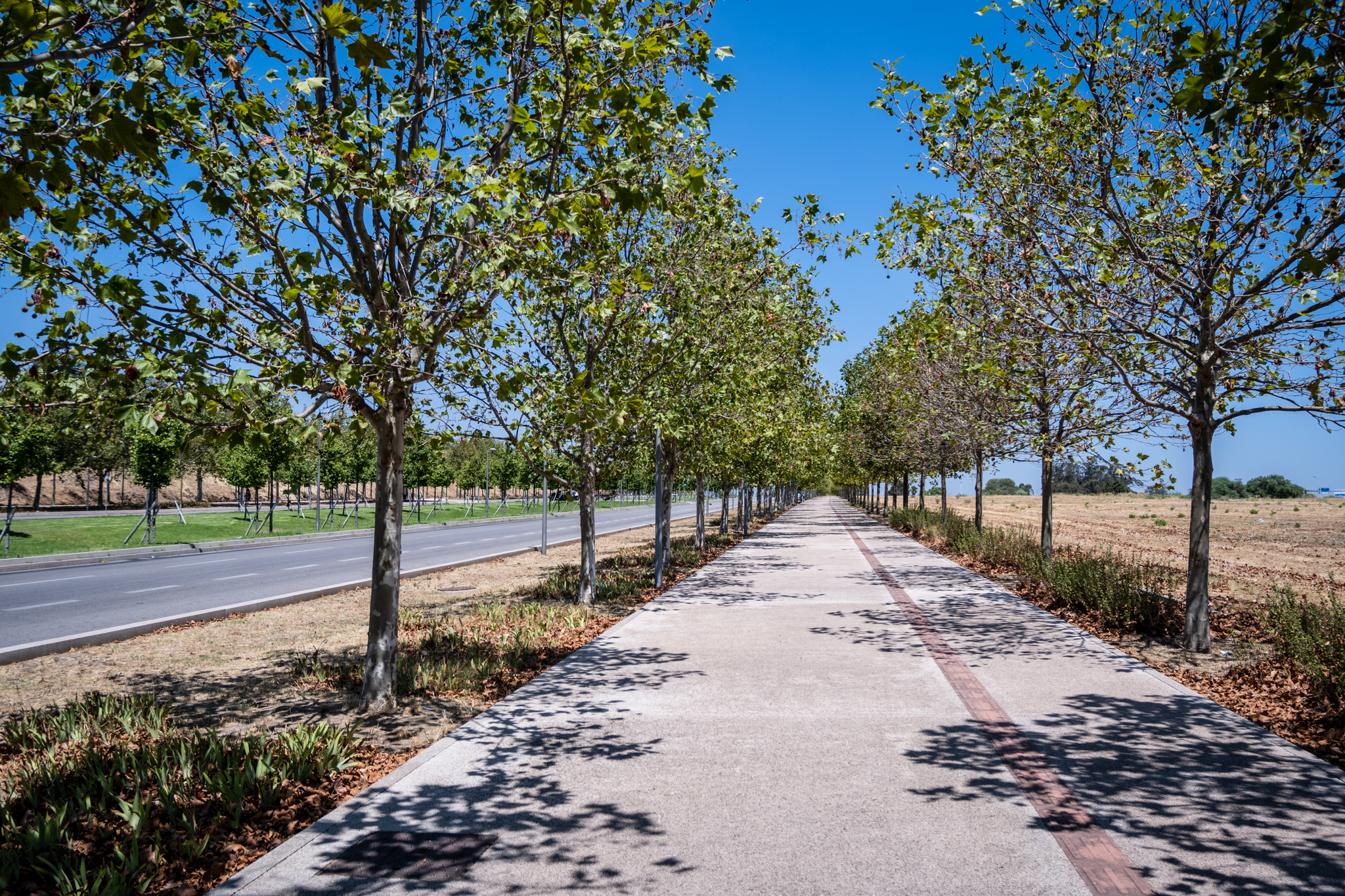
According to the ORU, the total public investment planned is about 57.1 million euros. However, there is still no funding for this intervention to take place. The investment also does not seem to be a priority, not being included in the document Major Planning Options (GOP) 2022-2026which indicates what the city intends to do.





